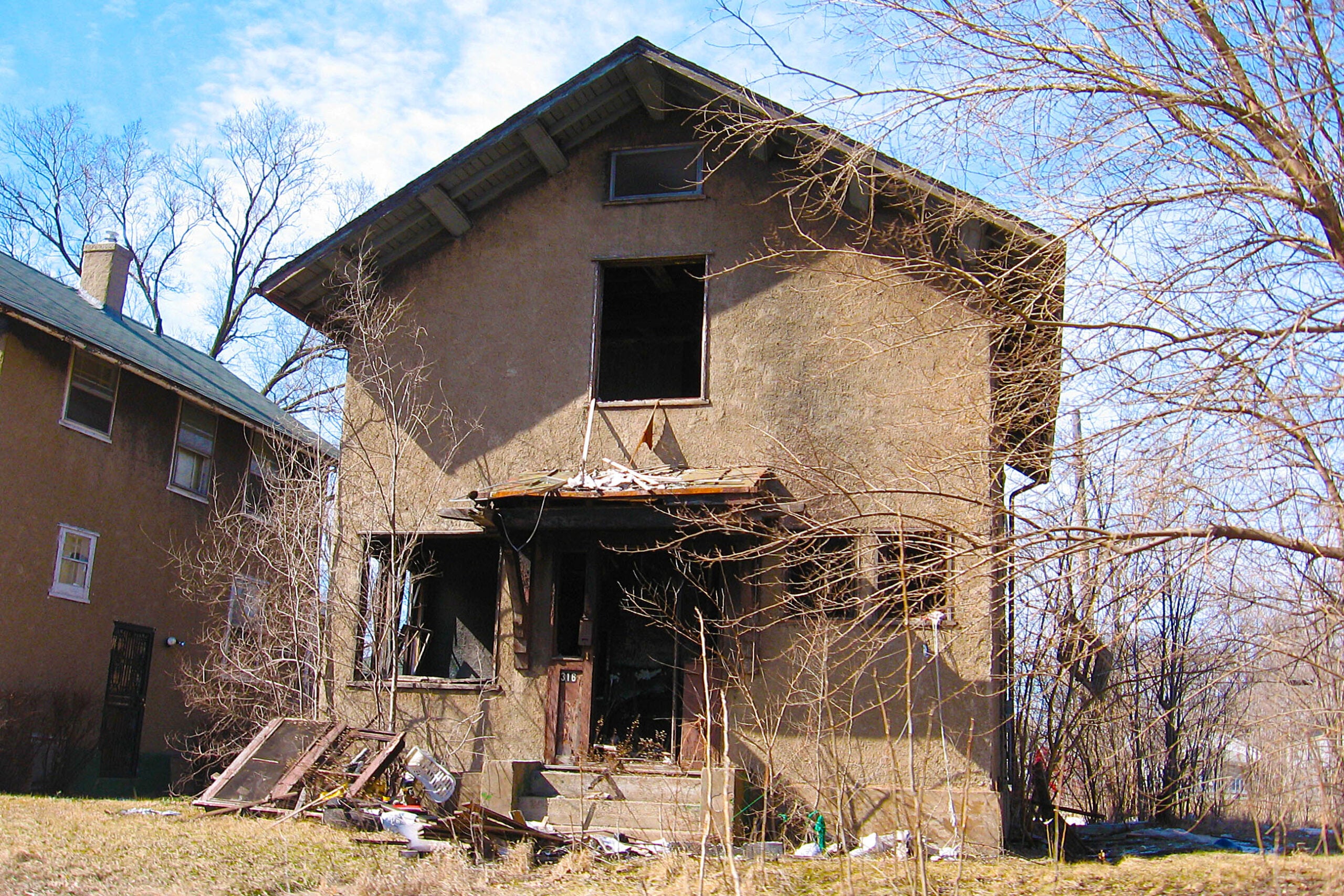As Midwestern Rust Belt cities grapple with painful economic transitions, housing blight threatens to choke out once-thriving urban centers.
Detroit, for instance, has seen its population decline by nearly 30 percent over the past 15 years, leaving more than 50,000 homes vacant, according to the real estate firm RealtyTrac.

Identifying blighted homes often requires a major commitment of manpower and public finances, often scarce commodities in cities like Detroit. Big data analytics offers city leaders a more efficient and cost-effective way to find and fight blight, according to a recent paper co-authored by Bradley Pough ’18 and Qian Wan, a mechanical engineering Ph.D. candidate at the Harvard John A. Paulson School of Engineering and Applied Sciences.
Their paper, “Digital Analytics and the Fight Against Blight: A Guide for Local Leaders,” examines the problem of urban housing blight, identifies best practice uses of data analytics, and provides data-driven recommendations for municipal officials. The paper is a product of the students’ work in the HLS Responsive Communities Lab course, co-led by Susan Crawford, John A. Reilly Clinical Professor of Law at HLS, and Waide Warner, senior advisor to the Berkman Klein Center’s Cyberlaw Clinic.

Read the full story on the School of Engineering and Applied Sciences website
“Digital Analytics and the Fight Against Blight: A Guide for Local Leaders” is a working paper of the Responsive Communities Initiative out of the Berkman Klein Center for Internet & Society at Harvard. Read more about the paper and the Responsive Communities project on the Berkman Klein Center website.
